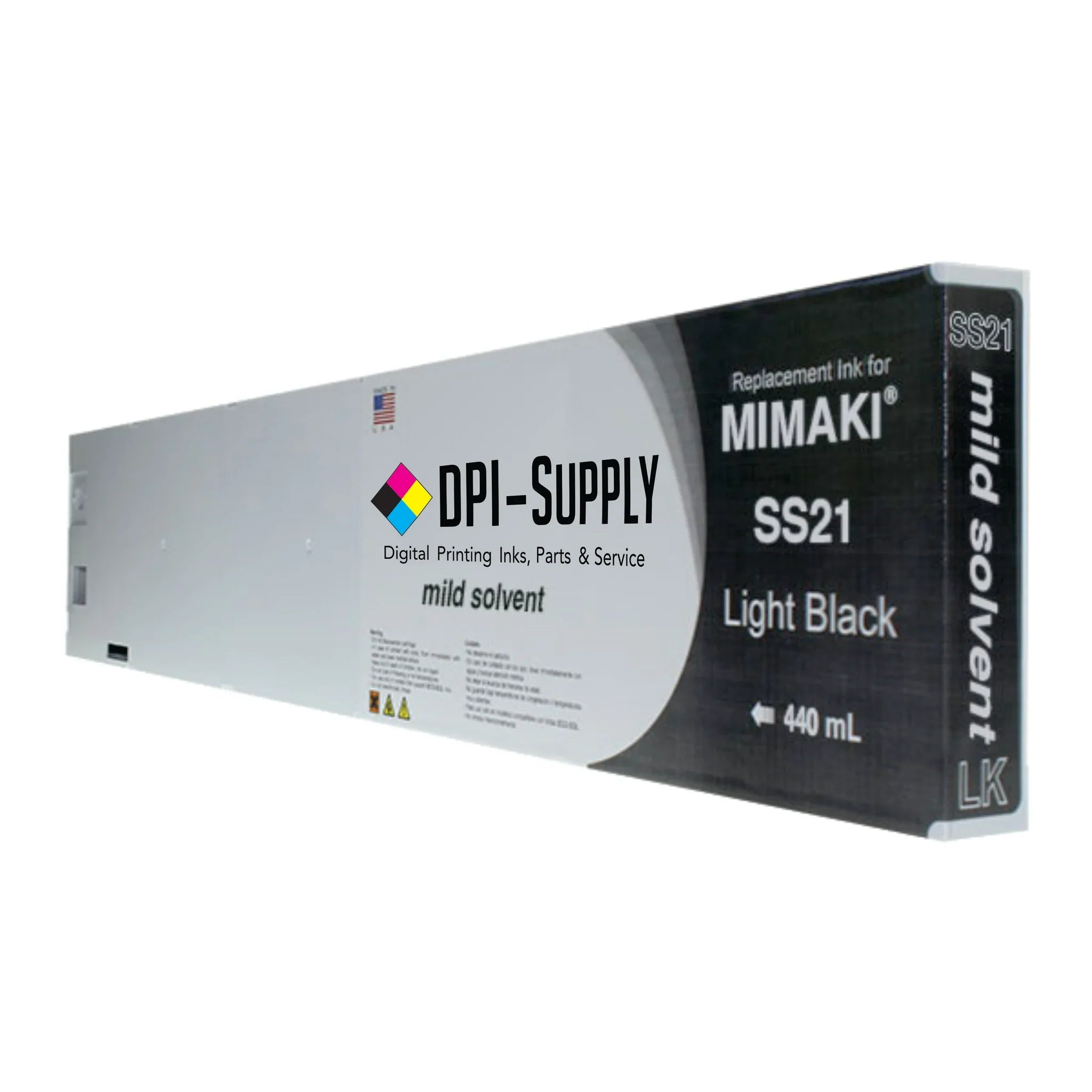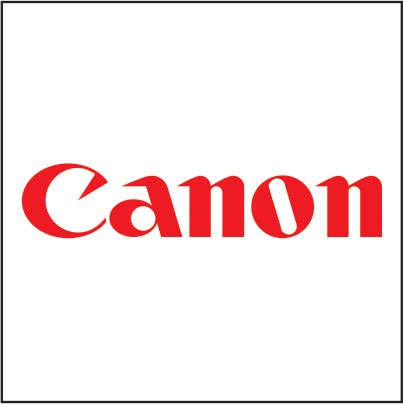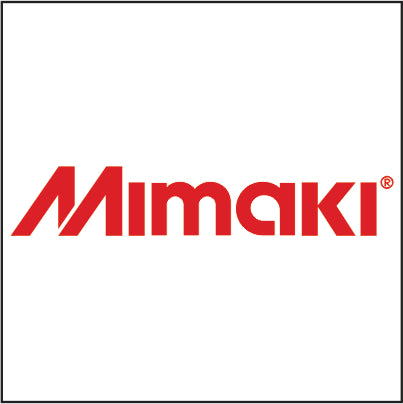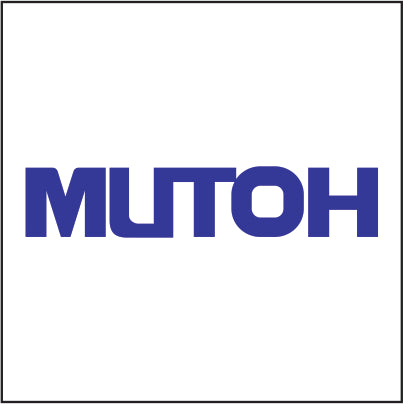How long do prints last outdoors using Mimaki SS21 inks?
Understanding the outdoor durability of Mimaki SS21 inks is crucial for anyone planning long-term signage or graphics. In my experience, the straightforward answer is that SS21 prints generally endure about 2–3 years outdoors without protection. That aligns with industry sources suggesting roughly three years of full color life on unlaminated material. Beyond that, you will start to notice fading—especially in harsh sunlight. In practice, if you laminate the print or use UV-protective coatings, the lifespan extends significantly. For example, applying a quality laminate can often push the life of an SS21 print to 5 years or more, depending on conditions.

How long do prints last outdoors using Mimaki SS21 inks? – Key considerations
Several factors influence how long outdoor prints last, so it helps to ask: “How long do prints last outdoors using Mimaki SS21 inks?” In practice, I tell clients to expect around two to three years of bright, unfaded color for an unprotected SS21 print on a quality substrate. Weather exposure and color choice matter a lot. Bright colors like reds and oranges tend to fade faster than blues and greens, so a red graphic might show more noticeable change by the 2–3 year mark. Meanwhile, neutral tones hold up slightly longer. Temperature swings and moisture can cause media to warp or peel, so prints in humid or freezing climates may age faster. The takeaway is that plain conditions lead to about 3 years of service; more extreme exposure can shorten that, while a mild climate might eke out 4 years.
Quality of materials is also key. We always use high-end vinyl or banner materials designed for outdoor use, and that makes a difference. Importantly, I always emphasize using genuine inks. For example, we stock Mimaki SS21 OEM Ink. Authentic Mimaki SS21 ink is formulated and tested for consistent fade rates. Using third-party inks can work, but results may vary. Personally, I’ve learned that staying consistent with OEM supplies means I know exactly what to expect in terms of print life and color stability.
Factors affecting how long prints last outdoors using Mimaki SS21 inks
How long do prints last outdoors using Mimaki SS21 inks? The answer also depends on environmental factors. Sunlight (particularly UV) is the biggest culprit in fading. Prints in bright, sunny locations (like open freeway ads) will degrade more quickly than those in shaded or northern areas. For instance, in our Pacific Northwest shop we’ve seen SS21 prints remain vibrant beyond three years because sunlight is less intense there. Contrast that with a project in the Southwest desert: we planned on only 18–24 months before noticeable fade. Rain, pollution, and airborne chemicals can also affect durability by physically eroding the ink or substrate. Even the angle of the sign matters: south-facing surfaces get more sun than north-facing ones.
The substrate itself plays a role, too. Vinyl and PVC-based media are tough and resist weathering, whereas cheaper materials can fail early. We recommend premium outdoor films and always remove any protective mask or residue after printing. Dirt or biological growth (mildew) can actually shield ink from UV but eventually degrade the material, so regular cleaning is part of longevity. In short, climate and installation setting are just as important as the ink itself. Always consider these factors when estimating “how long do prints last outdoors using Mimaki SS21 inks” for your specific project.
How long does UV ink last outdoors?
UV-curable inks form a solid, plastic-like film when cured, which gives them excellent resistance to moisture and abrasion. However, UV prints can still fade under sunlight. Industry reports suggest that unlaminated UV prints typically last around 3–5 years outdoors before significant fading sets in. In practice, I’ve seen high-quality UV prints hold up very well for 4–7 years when protected. UV inks benefit from pigments that are inherently lightfast, but they aren’t invincible.
If you ask, “How long does UV ink last outdoors?” I usually say that it often outlasts eco-solvent inks by a bit because of its hardness and UV stability. For example, the FESPA organization notes that UV-curable inks can endure 3–5 years in outdoor conditions, and applying laminates or varnishes can extend that up to 7 years. A UV print without any coating in full sun might start to show dulling by year 3, whereas with a UV-protective coating it could remain crisp for nearly a decade.
What is the lifespan of UV print?
Putting it simply, the lifespan of a UV-printed sign outdoors is often in the same ballpark or slightly longer than mild solvents, assuming the media is suitable and no protective film is applied. I’ve found that typical UV prints stay vibrant for at least 2 years in direct sun, and commonly 5 years or more when laminated. UV printing has the advantage of not needing post-print lamination for drying, but in our experience, a UV-coating or clear laminate is always wise for top durability. So when someone asks “What is the lifespan of UV print?”, I tell them: plan on several years (often 3–5) of great appearance, with longer life guaranteed by overlamination or other UV blockers.
How long does eco solvent ink last outdoors?
Eco-solvent inks, like Mimaki’s SS21, are known for balancing print quality with reduced environmental impact. But eco-solvent isn’t indestructible outside. Generally, eco-solvent prints last around 2–3 years outdoors when unprotected. We quote this timeframe regularly. In fact, I recall one installation of eco-solvent graphics that were still looking acceptable at the 3-year mark with only minor fading. This matched what the industry often claims: about 3 years of outdoor life.
However, “how long does eco solvent ink last outdoors?” also depends on variables. Without lamination, I tell customers that 2–3 years is reasonable. In more benign climates (partial shade, lower UV), you might squeeze an extra year or so. If we see a project needing 5+ years, we either move to UV latex inks or add laminates/coatings to that eco print. It’s common practice for signage companies to offer eco-solvent graphics with a 2–3 year warranty or expectation. After that period, fading becomes more noticeable – especially on large blocks of color. Reds and yellows fade faster, so I advise clients accordingly. With the right laminate, though, an eco-solvent print can reach well beyond 3 years. For routine outdoor jobs, though, expect a few years before the next refresh is needed.
Laminates and protective coatings: Extending print life
One of the most effective ways to extend the life of an outdoor print is to use a clear laminate or UV coating. Lamination acts as a shield against UV, abrasion, and moisture. In our shop, we often add a 3–5 mil clear overlaminate to any outdoor work. This can double or even triple the effective lifespan of the print. As an example, I once compared two identical vinyl prints: one unlaminated, one with UV laminate. The unlaminated sign had noticeably faded after 3 years, while the laminated one still looked great at year 6.
Protective coatings also guard against dirt, graffiti, and scratches, which can otherwise mar a print. Manufacturers like 3M and Avery produce overlaminates rated for 5–10 years durability under UV light, so choosing a good quality lam helps a lot. Even in cases where a full-laminate isn’t used, a UV-resistant clear varnish applied over the ink can add years to print life. The math is simple: if an unprotected SS21 print lasts ~3 years, adding lamination could make it last 5–6 years with good appearance. In short, laminates and coatings are inexpensive insurance. They may be the single most important factor for someone asking “how long do prints last outdoors using Mimaki SS21 inks”, because they can extend life by several years beyond the ink’s base fade rate.
Maintenance: Cleaning and quality control
A well-maintained print tends to last longer. Dirt, pollen, and pollutants can act like micro-scratches or even chemical agents that degrade ink. I always advise customers to regularly wash outdoor graphics with mild soap and water, then rinse them. A clean surface resists fading better, since grime can absorb UV and heat in uneven ways. Maintenance also applies to the printer itself: make sure printheads and nozzles are clean and operating properly.
Specifically, nozzle clogs can cause uneven printing that might mimic fading in patches. To avoid this, follow best practices for Mimaki printers. For instance, DPI Supply has a great guide on How Do I Prevent Clogging When Using Mimaki Inks? which I highly recommend. That article outlines cleaning cycles and fluid use to keep ink flowing. We apply these routines consistently: daily nozzle checks and weekly head cleanings.

It’s also wise to use the correct cleaning fluid. Mimaki’s own Cleaning Solution Cartridge Mimaki Solvent SS21 is formulated for SS21 inks. We keep a cartridge of it on hand. Using this maintenance liquid helps dissolve any ink buildup in the lines during idle periods. In sum, proactive cleaning and maintenance mean your prints start strong and stay that way longer. Addressing these details might not immediately answer “how long do prints last outdoors using Mimaki SS21 inks”, but it ensures you’ll hit that maximum lifespan whenever possible.
Preventing clogs in the printer
Clogged nozzles can interrupt a run and lead to misprinted graphics that fail early. The key is regular cleaning and replacing consumables on schedule. Following a step-by-step maintenance plan really helps. For more detailed instr

uctions, check out the DPI blog “How Do I Prevent Clogging When Using Mimaki Inks?”. It covers everything from cleaning cartridges to environment humidity control. By incorporating those steps (and using genuine consumables), we virtually eliminate clog-related issues. The bottom line: clear nozzles mean consistent ink deposition, which means consistent longevity for your prints.
Using Mimaki SS21 OEM Ink for reliability
One final tip: use genuine Mimaki SS21 ink. The OEM ink is precisely engineered for color balance and fade resistance. In my work, I’ve found that SS21 OEM ink and Mimaki media often come with known fade ratings. For example, Mimaki implies that with the right media and laminate, warranties of 3–5 years (or more) are achievable. If you substitute cheaper inks, you lose that certainty.
We buy Mimaki SS21 OEM Ink in cartridge form, and it never disappoints. The output color and adhesion properties stay true to expectations. This consistency means we can trust published durability data. For example, Mimaki OEM SS21 inks are rated for over 3 years outdoors on premium vinyl, so we plan service intervals accordingly. Short answer: to make the most of SS21’s longevity, keep it genuine. Your prints will look better longer, and you’ll know exactly what lifespan to expect.
In summary, Mimaki SS21 ink prints normally last about 2–3 years outdoors in full color without protective lamination. With laminates and proper care, that lifespan can easily stretch to 5–7 years. UV and weather-resistant coatings, high-quality media, and routine cleaning all add years. By planning with these factors in mind, you can manage outdoor graphics effectively. The answer to “how long do prints last outdoors using Mimaki SS21 inks?” is: usually a few years unprotected, and potentially much longer with the right strategies.







